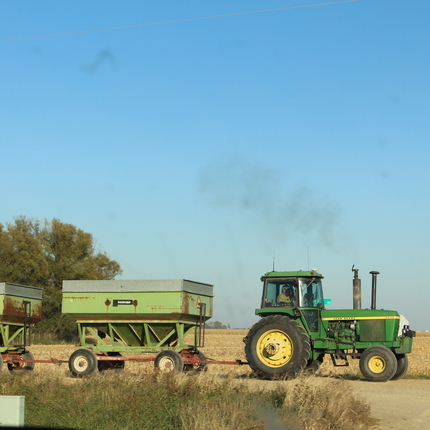By Cora Fox, former staff member
In 2018, President Trump pledged $12 billion to provide direct aid to corn, cotton, dairy, hog, sorghum, soybean and wheat producers. Through the Market Facilitation Program, U.S. Department of Agriculture (USDA) has administered this aid to provide short-term relief to producers who are feeling the effects of ongoing trade disputes with foreign governments.
However, a recent report from the Environmental Working Group highlights two major flaws: 1) Some farming operations are receiving excessive payments because they are taking advantage of loopholes, like having numerous absentee managers or family members claim “active personal management.” 2) Some of these payments are going to individuals who do not live or work on the farm.
According to the report, 85 recipients received more than the cap of $125,000. One received nearly $440,000. Likely, USDA made more payments of this size: The information shared covers only $356 million in direct aid to farmers, while USDA states nearly $840 million has been paid out in the first round of relief.
How is this happening? A few of the largest farming operations claim several individuals and/or legal entities are “actively engaged,” and current policy makes it difficult for USDA to determine whether or not their contribution is significant enough to qualify. This allows for numerous “managers” and/or family members to stake claims for payments, even when they may have never stepped foot on the farm.
This exploitation of loopholes and abuse of taxpayer dollars by some farming operations is a heavy burden on the shoulders of American taxpayers. Congress’ poor policies are driving farm consolidation and hurting our rural communities. The time for change is now.





